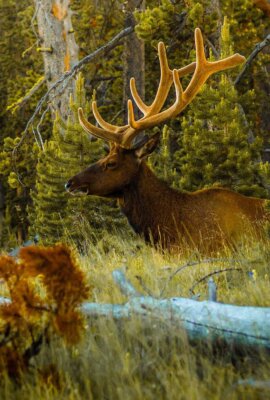Your full Wanderlust guide to
Zanzibar

Languishing just off mainland Tanzania in the turquoise-blue Indian Ocean, the island of Zanzibar conjures images of perfect, palm-swayed beaches, white sand, billowing sailing boats and smiling locals.
The jewel of Africa’s 3,500km Swahili Coast, Zanzibar was long a key hub on ancient trade routes: slaves, spices, ivory and more all passed through Zanzibar, bound from the continent for Arabia and beyond. This lead to Zanzibar becoming a cultural melting pot – still in evidence today, in the Omani-style buildings, in the polyglot Kiswahili language and the diverse dishes on the restaurant menus.
So understandably Zanzibar is popular, but away from the busy coastal resorts you can still find quiet coves, dense mangroves and traditional villages to fulfill your shipwreck fantasies.
Zanzibar is a Muslim island so dress appropriately – cover shoulders and upper legs. Ask permission before photographing people and don’t eat or drink in public during Ramadan.
You can’t miss

Wanderlust recommends
- Head out on a walking tour around the bazaars, Omani architecture and atmospheric alleys of Stone Town, the historic heart of Zanzibar
- Dive or snorkel the Indian Ocean reefs, looking out for turtles and whale sharks
- Interact with the islanders on a Jambiani Village Tour: scale coconut palms and meet the local ‘medicine man’
- Take an aromatic walk with a local guide on a spice plantation tour
- Delve into JozaniChwaka Bay National Park, Zanzibar’s only national park, to see mangrove swamps and colobus monkeys
- Sit back and relax with a Tusker beer on an idyllic Indian Ocean beach
- Sail out from Stone Town at sunset on a dhow (traditional sailing boat)
Latest Zanzibar articles
Spices should be bought fresh from the market rather than pre-packed in tourist shops. If diving/snorkelling do not touch or take any coral or creatures.
When to go
Temperatures on Zanzibar are warm year round, rarely dipping below 22°C, and peaking at around 32°C in January-February.
The dry seasons are late December to February and June to October, though even then afternoon thunderstorms are possible. There are few visitors in the rainy season, which means good deals are available at the places that remain open.
During Ramadan many shops and restaurants are shut. Christmas and Easter are popular with overseas visitors. The Festival of the Dhow Countries is held in Zanzibar Town in late June and early July.
International airports
Julius Nyerere International (DAR) 12km from Dar es Salaam, mainland Tanzania; Zanzibar International (ZNZ) 6km from Stone Town.
Getting around
Cars, dalla-dallas (local buses), motorcycles, bicycles and carts offer easy travel.
Small aircraft are the fastest mode of transport; they fly frequently between the mainland and larger islands. Passenger ferries run between Dar (mainland Tanzania) and Zanzibar.
Authentic dhow travel can be arranged cheaply at most harbours, though these vessels are often uncomfortable, with limited safety equipment. Luxury private yacht charters must be booked in advance.
Accommodation
There is a wide range of accommodation in Zanzibar – from cheap backpacker beach
bungalows to plush boutique hotels. There are no campsites. There are plenty of mid-range guesthouses; the better ones will have air-conditioning and en suite bathrooms. There are also large, mass-market resorts. Most types of accommodation will require payment in US dollars cash.
Food & drink
Zanzibar, the spice island, offers a mixed-culture cuisine, with flavours borrowed from all over the world: expect samoas, Chinese noodles, coconut-milk curries, Arabian specialities. Mangoes, in season, are delicious; other fruits include bananas, papayas and pineapples. Snacks include chapattis, mandazi (doughnuts) and maize cobs.
Seafood is profuse and excellent on Zanzibar – just make sure it’s fresh. Try pweza (octopus) with rice.
Meat, often skewered and grilled, is common but vegetarians should be able to find plenty to fill them, from cheese pizzas to veg curries.
Zanzibar is a Muslim island; alcohol is only readily available in Stone Town and tourist areas. Kilimanjaro and Tusker are the most common lagers. Wine is generally South African. Chai (tea) is the local drink of choice.
Health & safety
Malaria is a risk – prophylaxis is essential. Other recommended vaccines are tetanus, hepatitis A, typhoid and meningitis; check with your GP before travelling. Take a basic medical kit for treating insect bites, sun-stroke/dehydration and diarrhoea.
Divers should check scuba activity is covered by their travel insurance. Crime is relatively common in tourist areas. Be aware of opportunist pickpockets. Walking alone at night is not advised.









































































































